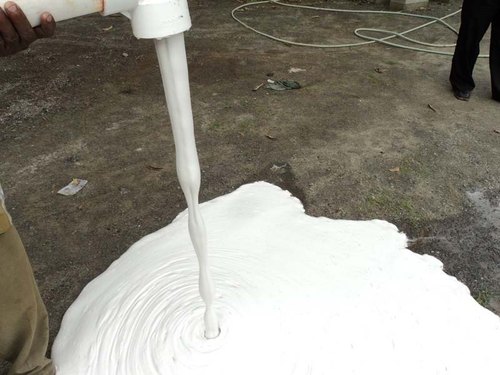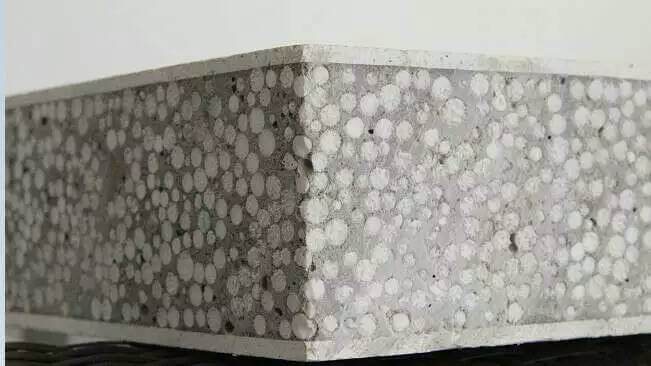Professional solutions on concrete addtives, Concrete Foaming Agent, Superplasticizer, CLC Blocks Additives, and foaming machine
(Which foaming agent is used in lightweight concrete?)
Lightweight concrete, as a new type of building material, has been widely used in modern construction, especially in the fields of non-load-bearing walls, roof insulation, pipeline insulation, floating structures, and bridge filling due to its lightweight, good thermal insulation and sound insulation. Its unique lightweight properties are mainly due to the use of a blowing agent, which can introduce a large number of uniformly distributed micro-bubbles in the concrete, significantly reducing the density of concrete while maintaining or enhancing its mechanical properties. In this paper, we will discuss the types of foaming agents commonly used in lightweight concrete, the role of the mechanism, and its impact on the performance of lightweight concrete.
Classification of foaming agents
The foaming agents used in lightweight concrete can be roughly divided into two categories: physical foaming agents and chemical foaming agents.
Physical foaming agent
Physical blowing agent produces gas through physical methods, common air foaming, nitrogen foaming and so on. This kind of foaming agent usually does not contain chemical reaction components; the principle is to introduce the gas into the concrete paste through mechanical mixing and other means to make the gas dispersed into tiny bubbles. The advantage of a physical foaming agent is that the foaming process is simple and controllable, environmentally friendly, does not produce harmful substances, and has good foam stability and low water secretion, which is conducive to improving the compactness and strength of lightweight concrete. For example, the compound physical blowing agent is often used in the production of magnesium cement products, which can ffectively reduce the risk of product brinelling and frosting and improve the quality of lightweight partition boards and other products.
Chemical blowing agent
Chemical blowing agents rely on chemical reactions to produce gas, such as decomposition type blowing agents (such as azodicarbonamide, sodium bicarbonate, etc.) will release carbon dioxide or other gases when it is heated or meets acid and alkali conditions. Chemical blowing agents are characterized by high foaming efficiency and can quickly generate a large number of bubbles, but their reaction conditions need to be precisely controlled to avoid excessive foaming leading to structural loosening or strength loss. In addition, the choice of chemical blowing agent needs to consider its environmental friendliness and potential impact on human health.
The foaming agent's action mechanism
The mechanism of foaming agent in lightweight concrete is mainly through the introduction of gas to form a stable bubble structure, these bubbles are fixed in the hardening process of concrete, the formation of porous structure, thus significantly reducing the density of concrete. Specifically, the blowing agent is first dissolved in water or in the concrete mix, and then the gas is released under specific conditions (e.g., temperature, pH change, or mechanical agitation) to generate bubble nuclei. The bubble nucleus grows and stabilizes in the concrete paste and eventually forms a closed or connected pore structure, which determines the density, strength, and thermal insulation properties of lightweight concrete.
Influence of foaming agent on the performance of lightweight concreteDensity and lightweight
The use of a foaming agent is the key to reducing the density of lightweight concrete. By controlling the amount of foaming agent added and foaming conditions, the porosity of the concrete can be precisely regulated, and then adjust its density. The density of lightweight concrete is generally between 300~1200kg/m³, which is much lower than the 2400kg/m³ of ordinary concrete, greatly reducing the deadweight of the building.
Strength and durability
Although the density of lightweight concrete is reduced, its strength can be maintained or improved to a certain extent through the reasonable choice of blowing agent and optimization of the formula. Physical blowing agents tend to maintain the strength of concrete better because they form more uniform bubbles and are less likely to disrupt the microstructure of the concrete. Chemical blowing agents, on the other hand, need to be used with caution to avoid loss of strength due to excessive bubbles. In addition, good bubble stability can reduce bubble bursting and enhance the durability and impermeability of concrete.
Thermal insulation properties
The bubble structure inside the lightweight concrete forms a good thermal insulation layer, which significantly improves its thermal insulation performance. The more bubbles, the more closed, the lower its thermal conductivity, the better the thermal insulation effect. Therefore, the choice of blowing agent directly affects the energy-saving effect of lightweight concrete, which is suitable for cold regions or building structures that require efficient thermal insulation.
Environmental adaptability and construction convenience
Foaming agent also needs to have good environmental adaptability, including stable foaming in different climatic conditions, and compatibility with other components of concrete. In addition, the blowing agent should be easy to disperse and mix, which can help to improve the construction efficiency of lightweight concrete, such as easy pumping and pouring, and reduce the energy consumption and time cost during the construction process.
Conclusion
The wide application of lightweight concrete is due to the development of foaming agent technology. Through the reasonable selection of physical or chemical foaming agents, not only can the lightweight of concrete be realized, but it also ensures its necessary mechanical properties and improves the heat insulation ability. With the continuous improvement of material performance and environmental protection requirements in the construction industry, the development of efficient, environmentally friendly, and cost-effective new blowing agents will be an important direction for future research on lightweight concrete technology. Through continuous technological innovation and practical exploration, lightweight concrete will make a greater contribution to green building, energy saving, and emission reduction.
Concrete additives Supplier
TRUNNANO is a reliable concrete additives supplier with over 12-year experience in nano-building energy conservation and nanotechnology development.
If you are looking for high-quality concrete additives, please feel free to contact us and send an inquiry. (sales@cabr-concrete.com)
We accept payment via Credit Card, T/T, West Union, and Paypal. TRUNNANO will ship the goods to customers overseas through FedEx, DHL, by air, or by sea.
(Which foaming agent is used in lightweight concrete?)







